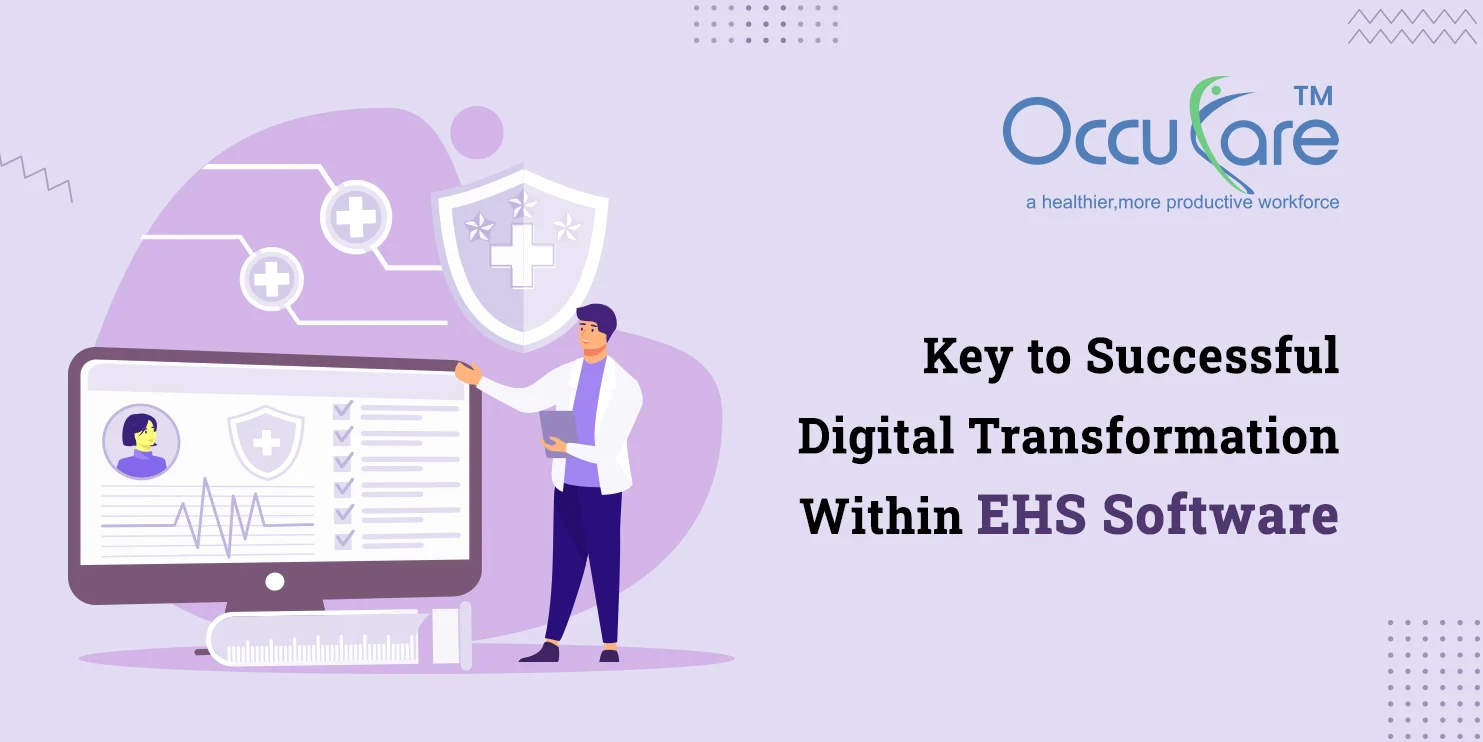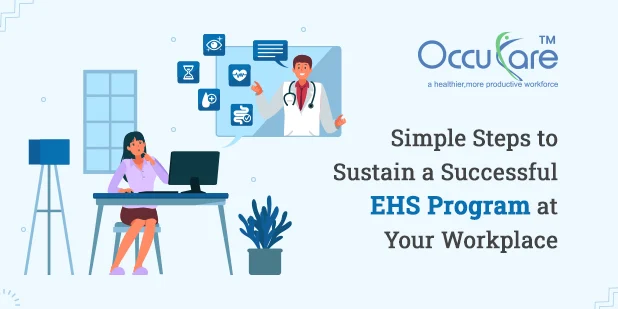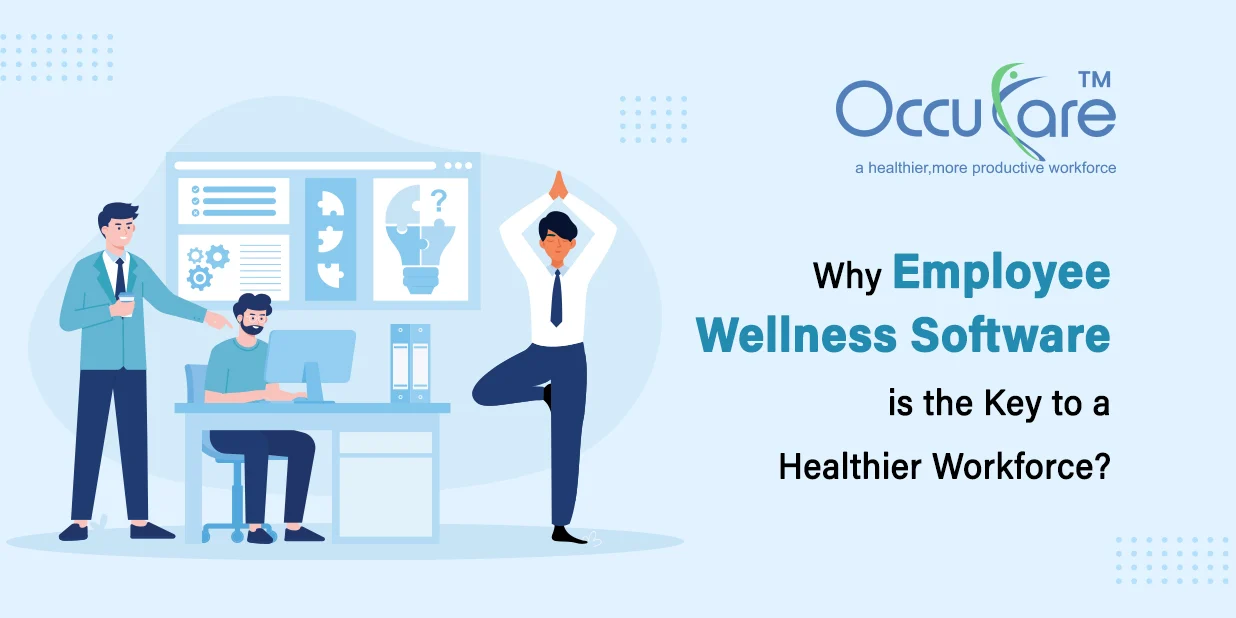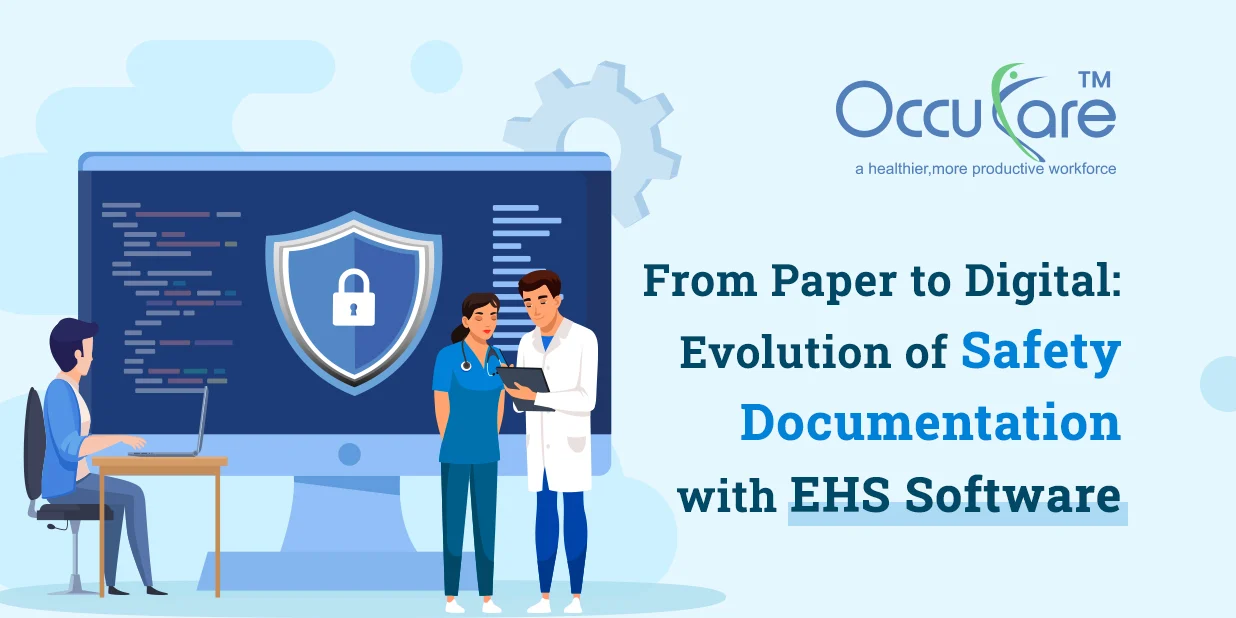Organisations in a variety of businesses are realizing the value of digital change in the rapidly evolving company climate of today to improve productivity, reduce risks, and guarantee fulfillment of the environment, Wellness, and Safety (EHS) standards. The emergence of cutting-edge technologies like artificial intelligence (artificial intelligence (AI)), the Internet of Things (Internet of Things and big data analytics have made EHS software programs indispensable for businesses looking to optimize their EHS procedures. This thorough book tries to explore the essential elements of an effective digital shift within EHS System, clarifying the tactics, standards, and difficulties related to putting EHS software remedies into practice while keeping them optimal.
Important Elements of an Effective Digital Transition in EHS Software:
1. Executive Leadership and Organizational Culture:
Strong executive leadership and an innovative organizational culture are essential for the successful digital transformation of EHS management software. Digital transformation projects must be advanced by high-level support for EHS initiatives and a readiness to adopt new technologies. A strong vision for digital transformation must be expressed by leaders, who must also manage resource allocation well and promote a culture of cooperation and ongoing development.
2. Through Needs Assessment and Solution Selection:
Organizations must first perform a comprehensive needs assessment to determine their unique EHS concerns, objectives, and requirements before starting a digital transformation path. This entails assessing the effectiveness of current EHS procedures, pinpointing problems, and creating success-oriented key performance indicators (KPIs). Following this evaluation, organizations can then Examine the different EHS software options on the market and choose the one that best suits their goals and requirements.
3. Data Integration and Interoperability:
Seamless integration and interoperability with current enterprise systems and data sources are essential for effective digital transformation within EHS Management System. Disparate systems and siloed data can make it difficult to share information, make decisions, and reduce the effectiveness of EHS programs.
4. Continual Monitoring and Improvement:
The digital transformation of EHS software is a continual process rather than a one-time occurrence. Establishing systems for tracking progress and keeping an eye on important performance indicators is imperative for organizations.
5. Problems and Optimal Methodologies:
Although there are many advantages to digital transformation in EHS software, there are also several obstacles that businesses must successfully overcome. Several significant obstacles consist of:
6. Limited Funds and Resources:
When pursuing EHS computer programs, organizations may have limited funds and resources, which calls for cost-effective strategies and priorities.
The recommendations that follow can be implemented by enterprises to get beyond these obstacles and optimize the advantages of digitization in EHS software:
7. Managing Changes:
Putting in place strong procedures for managing change helps lessen opposition to it and make transitions easier.
8. Data Security and Governance:
Putting strong policies in place to manage data security and privacy can help allay worries about compliance, security, and privacy.
9. Agile Deployment:
Organizations can respond to changing requirements, iterate rapidly, and provide value progressively by implementing agile approaches for the deployment of OccuCare software.
Real-time data transmission and comprehensive organizational visibility into EHS performance are made possible by this integration. For instance, by integrating EHS data with HR systems, businesses might spot patterns in occurrences involving employee health and safety.
Because they make it possible for various software systems to effectively communicate and share data, application programming interfaces, or APIs, are essential in promoting interoperability. To improve the accuracy and applicability of their EHS data, companies can interface their environmental health and safety software with other programs and data sources, like meteorological or regulatory databases, by utilizing APIs.
Furthermore, data interoperability and data integration are two more benefits that come with cloud-based EHS software solutions. Cloud platforms facilitate the seamless integration of software for environmental health and safety with other cloud-based products and services by offering standardized APIs and scalable infrastructure. This makes it possible for data to be exchanged between several systems without interruption, irrespective of their location or underlying technological stack.
Nevertheless, it can be difficult to achieve seamless data integration and interoperability, especially in businesses with complex IT environments and legacy systems. To guarantee data quality, security, and compliance, rigorous planning, cooperation between the IT and EHS teams, and adherence to data governance rules are necessary.
In general, interoperability and data integration are essential components that allow EHS software to successfully undergo digital transformation. Organizations may improve environmental, health, and safety performance throughout the company by dismantling data silos, gaining actionable insights, and realizing the full potential of their EHS data.








